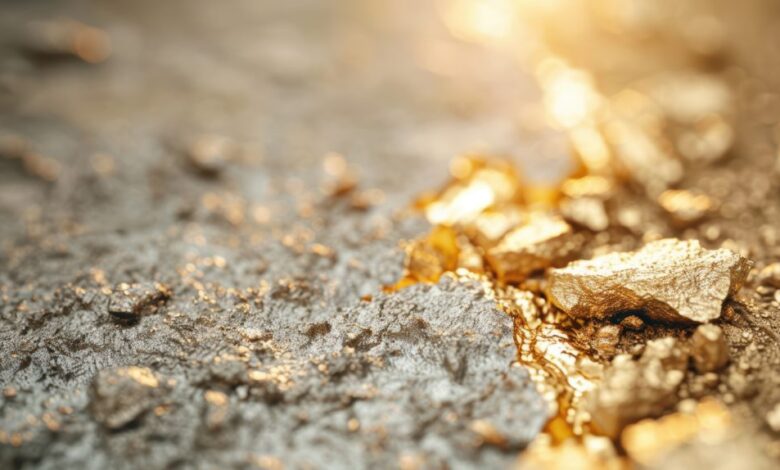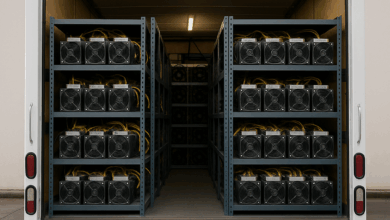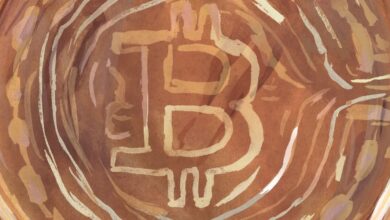The study sheds light on how gold reaches the Earth’s surface

Well, you are right!
confused?
Let me explain.
Most of Earth’s gold is trapped in the mantle, the thick middle layer of the planet between the crust and the outer core. The pure gold in the mantle tends to stay there. In other words, gold is there, but it is not accessible.
But some gold constantly makes its way to the surface where miners can access it.
This process is somewhat mysterious, and an international team of researchers has used mathematical modeling to uncover the specific conditions that lead to the enrichment of gold-bearing magmas.
This information can help mining companies streamline exploration efforts and reduce costs.
Prospecting represents 10-20% of the costs associated with gold mining. Startups and junior miners dedicate more to exploration than larger, more established companies. As of Q1 2024, the average cost of mining an ounce of gold was just under $1,500.
Here’s how Forbes Summarize the results:
“A certain type of sulfur, found under a very specific set of pressures and temperatures found 50 to 80 kilometers (or 30 to 50 miles) beneath active volcanoes, causes gold to be transferred from the mantle into the magma that eventually moves to the Earth’s surface.”
In short, when gold in the mantle is exposed to a liquid containing sulfur, the gold binds to the sulfur molecules, resulting in the formation of… Gold trisulfur complex. This compound is highly mobile in molten parts of the mantle and can be pushed to the surface by geological activity such as volcanoes.
This activity is most prominent in what are known as “subduction zones,” which are areas where one tectonic plate sinks beneath another.
“On all the continents surrounding the Pacific Ocean, from New Zealand to Indonesia, the Philippines, Japan, Russia, Alaska, the western United States, Canada, and all the way to Chile, we have a lot of active volcanoes. All of these active volcanoes form above or in the subduction zone environment. The same types of processes that lead to volcanic eruptions are the processes that form gold depositsStudy co-author Adam Simon said.
“These results provide a really solid understanding of the reasons why certain subduction zones produce ore deposits that are so rich in gold. Combining the results of this study with existing studies ultimately improves our understanding of how gold deposits form and could have a positive impact on exploration.”
According to the World Gold CouncilAn estimated 212,582 tons of gold have been mined throughout history. If every ounce of this gold were melted into a cube, it would only be about 22 meters long on each side.
The US Geological Survey estimates that there are about 50,000 tons of mineable gold in the ground.
Therefore, although gold is abundant in the earth, it is extremely rare on Earth. That rarity is one of the characteristics that make it Gold is very valuable.
https://www.mining.com/wp-content/uploads/2024/11/AdobeStock_887647518-1024×574.jpeg




